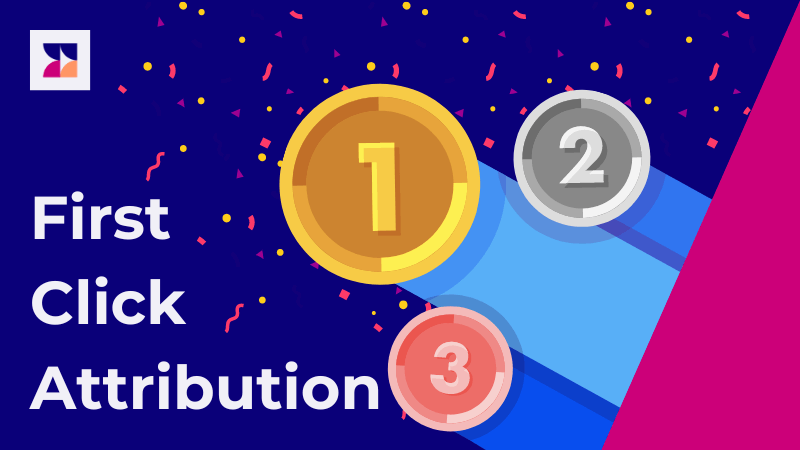A high bounce rate can be a problem for a website if it’s causing users to leave in a hurry. It can be frustrating for users and may lead them to abandon your site altogether. A high bounce rate can also indicate a problem with your website’s design or content.
If you’re looking to increase your website’s traffic, you may be wondering if a high bounce rate is a problem. To answer this question, you first need to understand the different types of content that can lead to high bounce rates. Next, suppose you’re seeing high bounce rates for one or more of your website’s content types. In that case, it may be worth investigating the cause and making necessary changes.
What Is Bounce Rate?
A bounce rate is the percentage of visits in which a user leaves your site after viewing only one page. A high bounce rate on your website can be a problem for your business. A high bounce rate indicates that many people are visiting your site but not staying long enough for you to generate any revenue. This can signify that your website is not optimized well or not providing enough value to your visitors. If you find that your bounce rate is high, it may be worth investing in optimizing your website for search engines and improving the content on your site.
The main reason for an inadequate bounce rate is that you are not attracting the right audience. So you need to inspect your intended audience, analyze visitors you currently attract, content and finally value you aim to deliver to your converting customers. So let’s dive into statistics and see when this metric is a sign of trouble ahead. And finally, what techniques you can use to pinpoint the root cause.
Is High Bounce Rate Always a Cause For Concern?
There is no one answer to whether a high bounce rate is a problem, depending on the specific situation. However, suppose you’re seeing a high bounce rate for unusually high numbers of visits or page views. In that case, it may indicate that your website is not performing as well as it could be. In this case, you may want to consider making some changes to your website to improve its performance.
However, a high bounce rate can be a natural consequence of the type of content you are serving.
According to research by customedialabs, a high bounce rate is often associated with websites that provide content such as blogs, dictionaries, and news events. Likewise, content such as landing pages and sign-up forms can yield a high bounce rate.
Ask yourself, when was the last time you went into the vast depths of Oxford English Dictionary after Googling for a meaning of an obscure word. Chances are you bounced after getting your answer.
What If Your Bounce Rate Does Not Follow Industry Standards?
According to the earlier study, Internet properties that act as e-commerce fronts and B2B websites are generally expected to have a low bounce rate. However, if your bounce rate is too high, your visitors will have difficulty converting to paying customers. This could mean that you’re not providing enough value to your visitors or that you’re not doing an excellent job of marketing your site. If this is the case, you’ll need to improve your marketing strategy and content to attract more visitors.
There is no one answer to what affects website bounce rate, as many factors can influence this metric. The bounce rate can be too high, rarely too low, as a rule of thumb. A bounce rate above 35% is generally considered satisfactory, while rates above 50% can be problematic. Reasons for a high bounce rate may include low engagement, low conversion rates or an overall lack of interest in the content.
What Can You Do to Fix Your Bounce Rate?
There is no one-size-fits-all answer to this question. It depends on your target audience, market, industry, and even where you operate. But it does not mean you are helpless.
You should first identify and analyze your current traffic to determine where most visitors are coming from. Suppose you sell a physical product in North America. Still, most of your content attracts visitors from the Asia Pacific. In that case, you may need to reconsider your marketing strategy. Again, Web Analytics products will come in handy in these efforts.
By crafting links that clearly indicate the traffic source, you can analyze which traffic suffers most. For example, is Twitter the right channel to post content? If you use promoted posts, maybe the target audience is not optimized. What if most valuable traffic originates from quality content, and you could save a significant amount on paid Ads?
Suppose you have a good analytics solution to help you understand how traffic is classified and how its bounce rate impacts conversions. In that case, you can start developing strategies to increase conversions.
No Cookie Banners. Resilient against AdBlockers.
Try Wide Angle Analytics!



